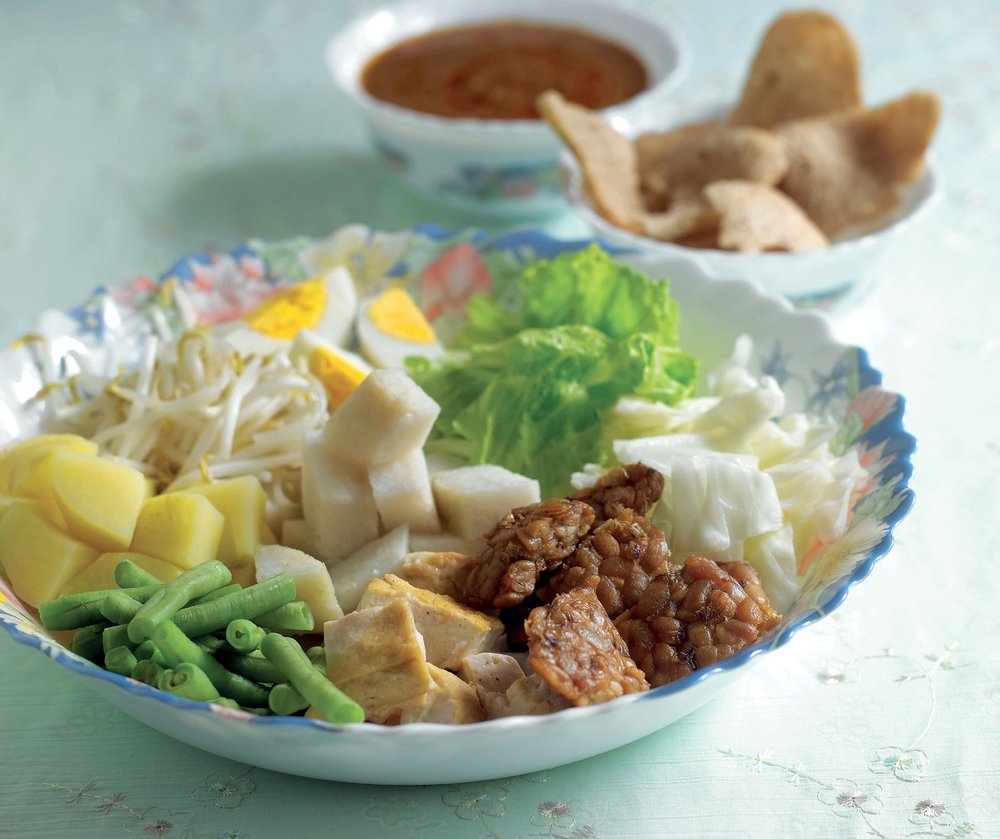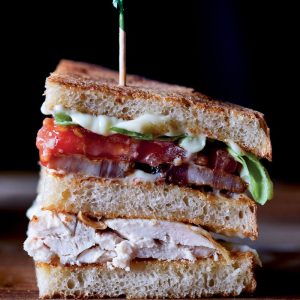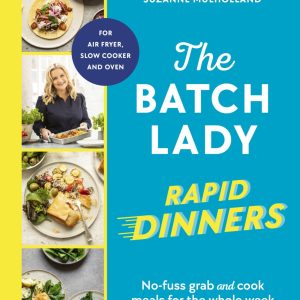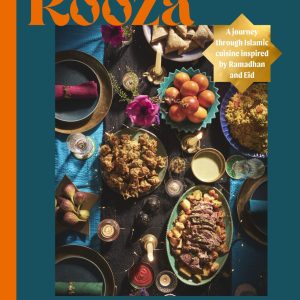Description
How is tofu made?
The history of food is filled with examples of remarkable human ingenuity. As a species we have been adept at not only finding edible ingredients in the world around us, but also at processing and preserving them. Tofu is a prime example of this inventiveness and its origins are in China, where it has been made for hundreds of years. When the Chinese first started making tofu is not known, although legend has it that Lord Liu An of Hainan invented it in the second century. The first written mention of tofu in Chinese literature is in the 10th century BCE, while in Japan it is first recorded in the 12th century BCE. Tofu – also known as bean curd – is made from the soybean, the pulse which plays such a central part in Chinese cuisine, and which is fermented to make soy sauce. The Chinese discovered that soy beans could be soaked and ground to create soy ‘milk’. This soy milk could then be coagulated by the addition of calcium sulphate or a mineral salt called bittern (known as nigari in Japan). The resulting curds are treated in different ways: simply left intact to make what is called silken or soft tofu or pressed to create different degrees of firmness.
Tofu textures
One of the pleasures of tofu from the cook’s point of view is the variety of textures it comes in. It is this diversity of forms which makes tofu such a versatile and useful ingredient. Just as when I buy dried pasta, I choose Italian brands, when I shop for tofu, I source it from a Chinese, Japanese or Korean supermarket. In these food shops the range of tofu, the quantities it’s sold in, the quality, and its freshness is far superior to what is stocked in a British supermarket. It is in East Asian and Southeast Asian shops that you will find fresh tofu sold in a range of textures: silken tofu, soft tofu, medium firm tofu and firm tofu. You will also find tofu sold in other forms: deep-fried tofu puffs, fresh and dried sheets of tofu skin, tofu ‘sticks’, tofu flavoured with Chinese five-spice powder. Health food shops are also useful sources of tofu. The more you cook with tofu, you’ll appreciate that brands of tofu differ in flavour and texture. Brands I enjoy using include Clean Bean (which is organic) and Well Soya (whose products, happily for me, include tofu pudding!). When it comes to cooking with tofu, the starting point is choosing the appropriate texture of tofu for the recipe. For tofu where you want it to retain its shape – where the recipe involves stir-frying or braising it, for example – choose a firmer tofu that won’t fall apart. Briefly blanching tofu in salted water is a technique used to help it hold its shape and allow it to soak up flavour.
A classic tofu dish
An iconic tofu dish in Chinese cuisine is Sichuan’s Mapo Tofu or ‘pock-marked old woman’s tofu’. The recipe, which is thought to date to the 19th century is named after its creator Mrs Chen, a restaurateur in Chengdu whose face was scarred by smallpox. Traditionally this dish was made with minced beef, but nowadays minced pork is more commonly used. It is a distinctly spicy dish, given a kick by the use of Sichuanese chilli paste, ground red chillies and fragrant Sichuan pepper. Fuchsia Dunlop, who has done so much to promote an appreciation of Sichuanese food, has this vegetarian version.
Using tofu in soups and braises
One of the dishes I enjoy both in Japanese restaurants and at home is a simple miso soup. Classically, this has a few cubes of soft or tofu floating in it, with the fresh taste of the tofu an appealing contrast to the savouriness of the miso soup. Tofu works well in soups, adding texture and providing protein. The great Chinese chef and educator Ken Hom has a simple recipe for tomato eggflower soup with tofu., while in Terry Tan’s Hot and Sour Soup, tofu and chicken add body to a soup which lives up to its name. One interesting, more elaborate use of firm tofu is to hollow out its middle and to stuff it with a flavourful filling. Linda Anusasananan shares a recipe for a classic Singaporean hawker dish which uses this technique. Tofu also works well in braises and stews, as in Sharon Wee’s Chap Chai.
Frying tofu
One of the ways I enjoy cooking with medium firm or firm tofu at home is to cut it into cubes, pat the cubes dry of the liquid which has been released by cutting and shallow fry them. The frying creates a golden-brown ‘skin’ on the surface of the tofu and I like the resulting contrast in texture between this skin and the soft tofu inside. Tauhu goreng (which means ‘fried beancurd’) is one of the dishes I make to try and convert tofu-doubters! Fried tofu makes a good substitute for meat, as in this tasty vegan take on a Bahn Mi Vietnamese sandwich from Sue Quinn. When deep-fried, tofu takes on a spongy texture and is more resilient to handling. Inari-zushi is a classic Japanese dish using aburage (fried tofu slices).










Reviews
There are no reviews yet.